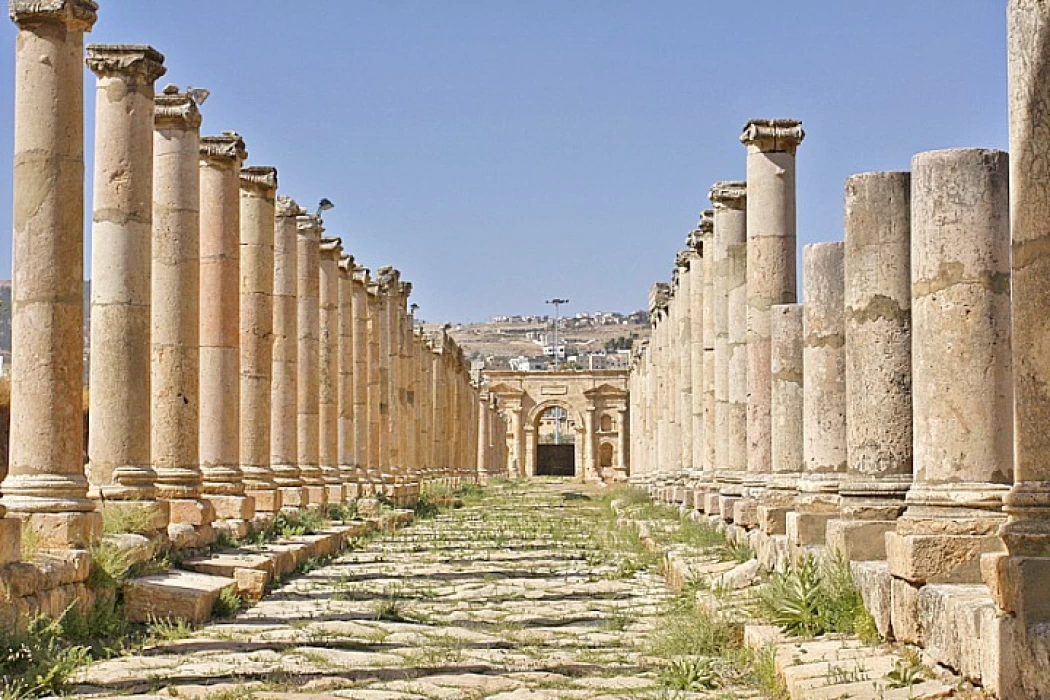
The most important tourist sites in Jerash
Jordan Attractions
One of the most significant archeological sites in the world, Jerash is an Arab-Islamic metropolis in northern Jordan that also happens to be the country's most fertile agricultural region. Due to its foundation dating back to the time of Alexander the Great, or the fourth century before Christ, Jerash is one of the most significant archeological sites in the world.
The climate of Jerash is characterized by the most moderate climate among the various cities of Jordan, in addition to the high heights with stunning views, and the city of Jerash is located in the north of the Hashemite Kingdom of Jordan within the northern region, specifically in the western part of it.
The economy of Jerash depends mainly on two main sectors: The tourism sector and the agriculture sector; Jerash includes many monuments and archaeological sites that attract visitors and tourists, and it also has vast areas of fertile agricultural lands, and various types of agricultural crops are cultivated in it, the most important of which are the olive tree whose fruits are used to produce the best types of olive oil in the Kingdom: The olive tree, whose fruits are used to produce the best types of olive oil in the Kingdom, as it is pressed in traditional and modern presses.
In addition, the cultivation of grains, fruits, and other crops is widespread in the city. It is worth mentioning that Jerash is home to a number of civil society organizations, which contribute to supporting the community and improving its conditions.
Natural tourist places in Jerash
Dibbin Reserve: it was established in 2004 AD and aims to conserve the endemic pine tree forests of the country of Jordan. The total size of this reserve is roughly 8500 dunums and it shelters 17 species of protected wildlife, along with more than 266 types of flora, 13 of which are endangered, more than 83 species of avifauna and 10 types of carnivores.
Deer reserve: This 186-dunum reserve, which was created in the year 2000 AD, is home to 350 deer. Prince Hamza Park Reserve: This reserve was created to protect species of endangered plants, including tomato trees, saffron plants, beekeeping, localized wild animal populations, and partridges.














